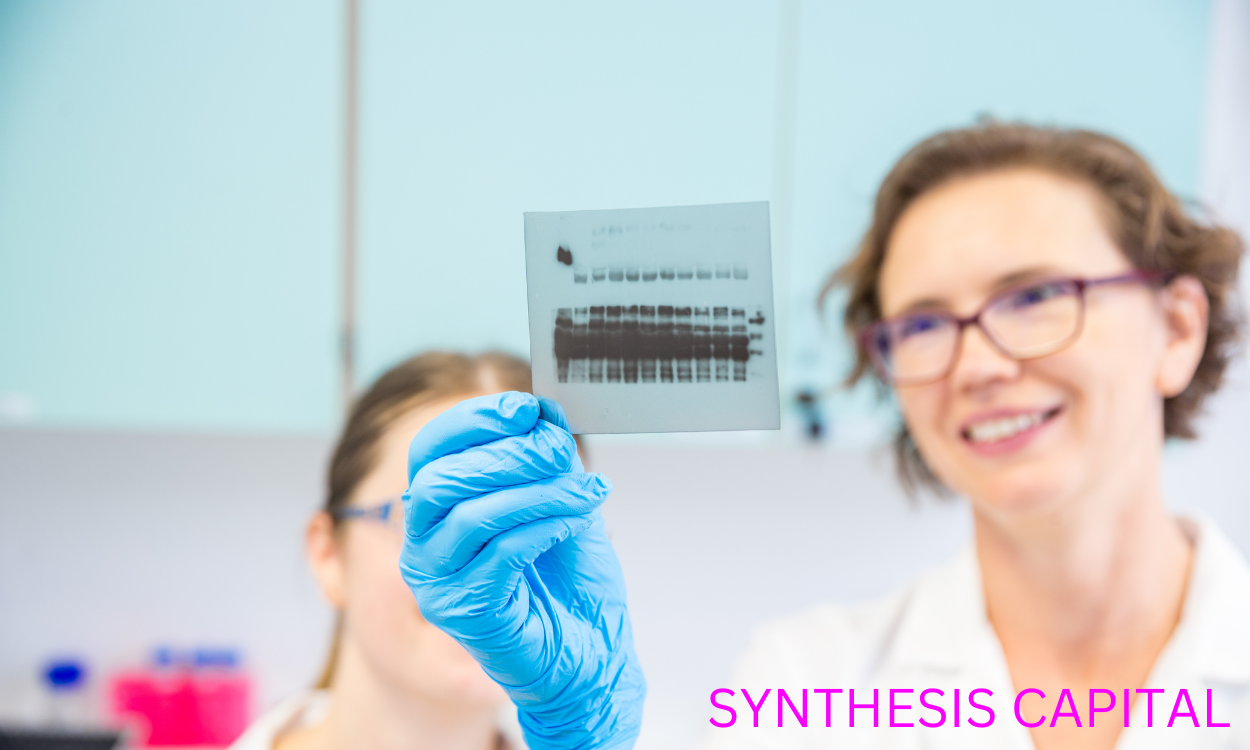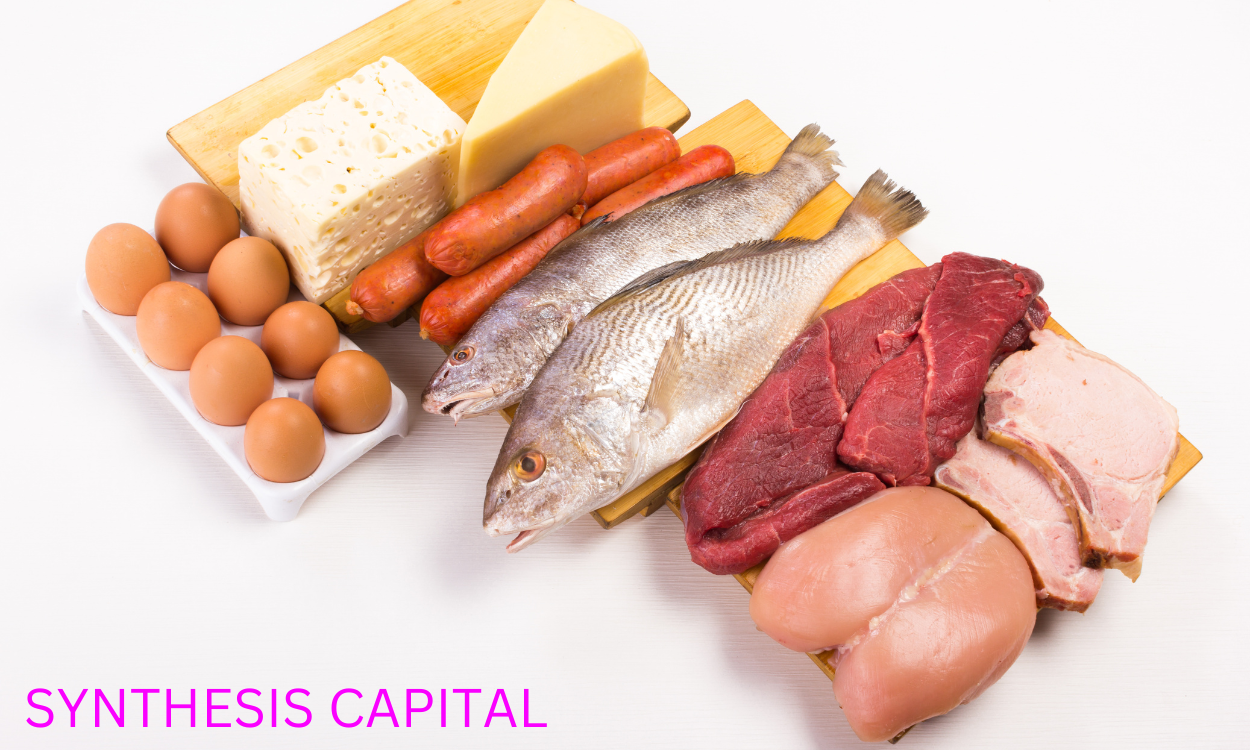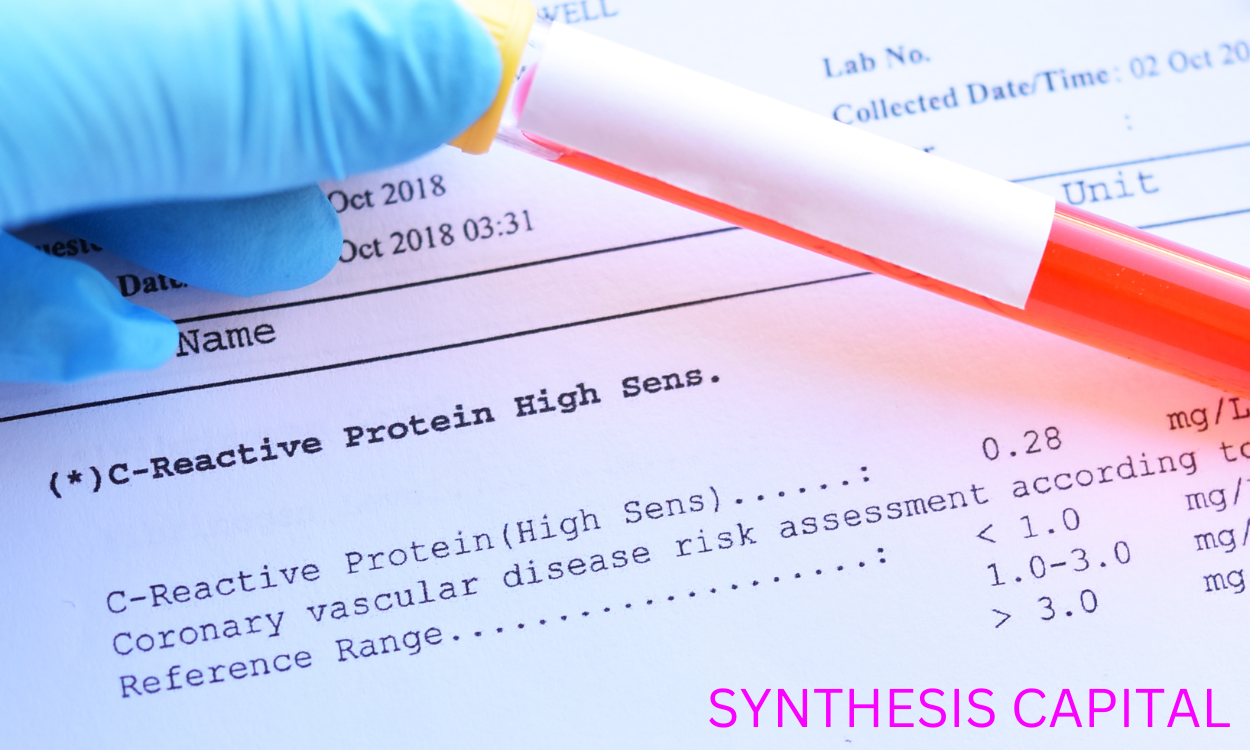Ovalbumin is the predominant protein found in egg whites, comprising approximately 55% of the total protein content. Extracting ovalbumin from egg whites is a crucial process in various industries, including food and pharmaceuticals, as it possesses unique functional properties such as emulsification, foaming, and binding capabilities. The extraction of ovalbumin involves separating it from the other proteins and substances present in egg whites through techniques such as precipitation, chromatography, and filtration. This process not only allows for the isolation of pure ovalbumin but also enables researchers and manufacturers to utilize its versatile functionalities in a wide range of applications.
The most common method for extracting ovalbumin from egg white
The most common method used to extract ovalbumin from egg white is a process known as precipitation. This involves adding a salt such as ammonium sulfate to the egg white solution, which causes the ovalbumin to separate out and form a solid precipitate. The precipitate can then be collected by centrifugation or filtration, resulting in a purified sample of ovalbumin that can be used for various applications in research, food processing, and other industries.

Are there any specific chemicals or solvents required for the extraction process?
Yes, specific chemicals or solvents are often required for the extraction process depending on the method being used. Commonly used solvents include ethanol, butane, and CO2, which are used to dissolve the desired compounds from the plant material. These solvents help to separate the target compounds from the plant material and facilitate their extraction for further processing. It is important to use these chemicals and solvents safely and in accordance with regulations to ensure the quality and safety of the final product.
How long does it typically take to extract a significant amount of ovalbumin from egg white?
The process of extracting a significant amount of ovalbumin from egg white typically takes around 2-3 hours. This time frame includes steps such as separating the egg white from the yolk, breaking down the proteins through various methods such as heat or acid treatment, and then isolating and purifying the ovalbumin protein using techniques like chromatography. The efficiency of the extraction process can vary depending on the specific method used and the desired purity of the final product.
Is there a way to ensure that the extracted ovalbumin is pure and free from other proteins or contaminants?
One way to ensure that the extracted ovalbumin is pure and free from other proteins or contaminants is through the use of purification techniques such as chromatography. By utilizing methods like ion exchange chromatography, size exclusion chromatography, or affinity chromatography, researchers can separate ovalbumin from other proteins based on their unique properties such as charge, size, or binding affinity. Additionally, techniques like ultrafiltration or dialysis can be employed to remove smaller contaminants from the sample. By combining these various purification methods, it is possible to obtain a highly purified sample of ovalbumin for further analysis or use in experiments.
Can the extracted ovalbumin be used in food products or pharmaceuticals extraction of ovalbumin from egg white directly, or does it require further processing?
Extracted ovalbumin can be used in food products or pharmaceuticals directly, however, it may require further processing depending on the specific application. In food products, ovalbumin can be used as a thickening agent, emulsifier, or stabilizer in various products such as mayonnaise, ice cream, and baked goods. In pharmaceuticals, ovalbumin can be utilized in vaccine production or as a carrier for drug delivery systems. Depending on the desired purity level and functionality needed for the final product, additional processing steps such as purification, filtration, or modification may be necessary before incorporating extracted ovalbumin into food or pharmaceutical applications.

Extraction Challenges of Ovalbumin from Egg White
Some specific challenges and obstacles faced during the extraction of ovalbumin from egg white include the need for careful handling to prevent denaturation or degradation of the protein, as well as the presence of other proteins and contaminants in the egg white that can interfere with the isolation process. Additionally, the relatively low abundance of ovalbumin compared to other proteins in egg white can make purification and concentration steps more challenging. Overall, overcoming these obstacles requires precise techniques, specialized equipment, and thorough understanding of protein purification methods.
What are some potential applications of extracted ovalbumin in various industries?
Extracted ovalbumin can be utilized in a variety of industries due to its unique properties and functionalities. In the food industry, ovalbumin can be used as a stabilizer in processed foods such as mayonnaise and baked goods, as well as a binding agent in meat products. In the pharmaceutical industry, ovalbumin can be utilized in drug delivery systems and as a component in vaccines. Additionally, ovalbumin has potential applications in the cosmetic industry as an emulsifier in creams and lotions. Its versatility and compatibility with different formulations make it a valuable ingredient in a wide range of products across various industries.
Are there any alternative methods or technologies being developed for more efficient extraction of ovalbumin from egg white?
Researchers are currently exploring various alternative methods and technologies for the more efficient extraction of ovalbumin from egg white. Some of these methods include utilizing enzymes to break down the egg white proteins, using membrane filtration to separate out the ovalbumin, and employing advanced separation techniques such as chromatography. Additionally, advancements in nanotechnology may offer new ways to isolate and extract ovalbumin more effectively. These alternative approaches aim to improve the efficiency and yield of ovalbumin extraction, ultimately benefiting industries that rely on this protein for various applications.
The Efficient Extraction of Ovalbumin from Egg White
1. Use a gentle extraction method to preserve the integrity of the ovalbumin protein.

2. Ensure that the egg white is properly separated from the yolk before beginning the extraction process.
3. Consider using techniques such as salting out or chromatography to isolate the ovalbumin protein.
4. Monitor the pH and temperature of the extraction solution to optimize protein yield.